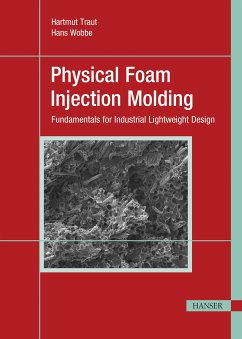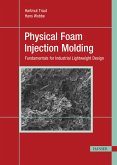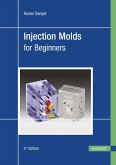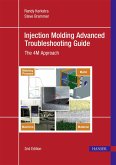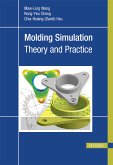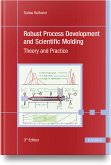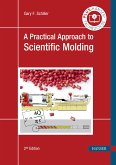More than half of all injection molded plastic parts can be produced more cost-effectively and with better tolerances using foam injection molding compared to traditional compact injection molding. For the part designer, the focus is on the functionality of the molded part, not on the plastic-compatible design, which is precisely what compact injection molding requires. This book describes the necessary fundamentals of physical foam injection molding, clearly illustrated by means of detailed, industrially proven examples to show the technology's potential. Machine and mold technology are also explained in detail, and polymers suitable for the process are discussed. The focus is always on the question of whether the potential of physical foam injection molding has already been exhausted or whether it is emerging as a second standard process alongside compact injection molding. The experienced authors make it possible to look beyond the end of one's nose. The reader can see which plastic parts can be converted from compact to foam injection molding, and is encouraged to rethink the part design. With this book, specialists are able to examine an application for their own company and analyze it with regard to its economic implementation. However, the book also shows the clear limitations of this technology. Content: Foam Injection Molding and its Different Process Variants Definition and Characteristics of Physical Foam Injection Molding Design Guidelines for Foamed Components Polymers for Foam Injection Molding Process Simulation Mechanical Fundamentals of the Foam Injection Molding System Mold Technology Application Examples: Automotive/Household/Packaging/Medical
Dieser Download kann aus rechtlichen Gründen nur mit Rechnungsadresse in A, B, BG, CY, CZ, D, DK, EW, E, FIN, F, GR, HR, H, IRL, I, LT, L, LR, M, NL, PL, P, R, S, SLO, SK ausgeliefert werden.

